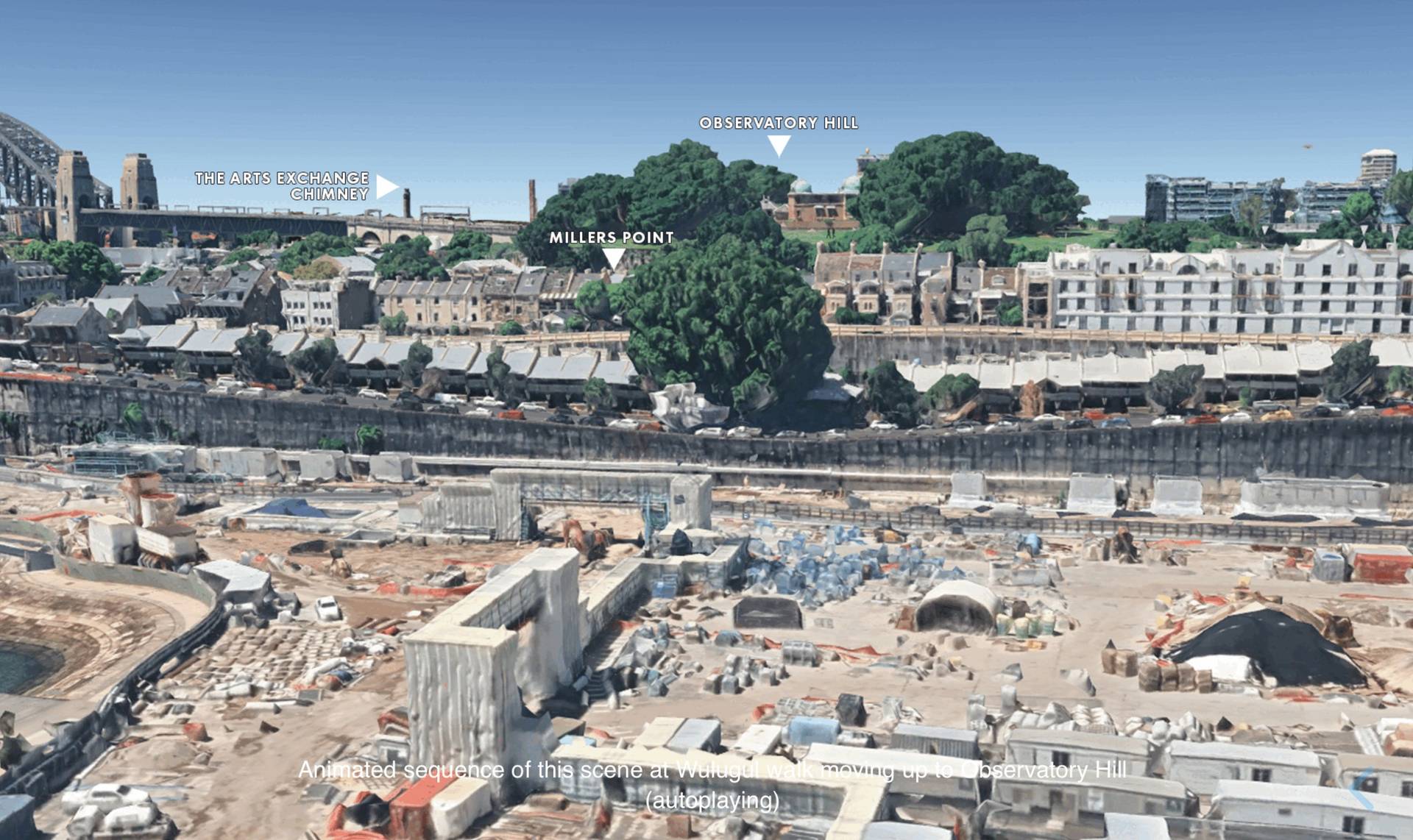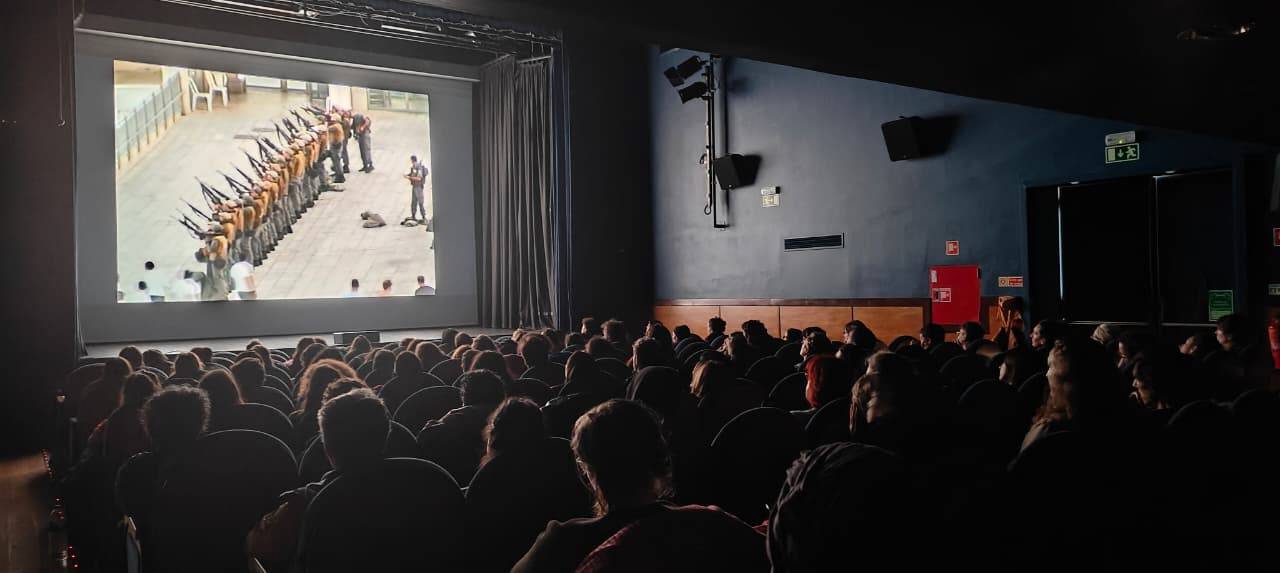
2020 at Horniman Circle Garden
Feb. 3, 2018 - Feb. 10, 2018
2020 is a self-organised group of artists, architects, filmmakers and live art practitioners, who came together to produce a group imagination of and reflection upon, the near future. 2020 the exhibition has artworks, models, enactments, performances, workshops and an architecture of pavilions. Its venue Horniman Circle has a rich history in its name, of the struggle for the freedom of speech and the press, of "treason" and cooperation between races and cultures, and is one of the psychic centres of Mumbai city.
Art is not a decorator for majoritarian ideas and regressive movements, nor for future-looking schemes of exploitation and profiteering. It dreams other dreams. At the same time, it is not immune to changes in its environment. If today our artistic landscape feels shrunken and compromised, it is not only because of threats, killings, aggressive capitalism and ubiquitous surveillance, but because of a resulting narrowing of our own scope and vision, our mutual support systems, our acts of courage, and our ability to shape a landscape physically, discursively and emotionally.
2020 is about a near and present future that is open to exploration, but also about a 20-20 hindsight or lack of it, and our relative positions in relation to the present. The venue Horniman Circle has a rich history in its name, of the struggle for freedom of speech and the press, of an anti-national Englishman who supported the cause of Indian independence, and of cooperation and respect across cultures and races. Artists have made proposals, models, performances, sculptures and other formats that help us imagine or review what big or small steps lead away from the present. At one of the psychic centres of Mumbai city, this is a gathering of the future; "under construction".
Some of the Pavilions are: Zero Point, a large drum-like bamboo forum where performances and workshops gather, whose name refers to Bombay's old Zero point for measuring distance, which is nearby in St. Thomas Church, and from which new directions may spring. Bhotmange Chowk (in memory of the Bhotmange Family from Khairlanji) where a black tapestry of votives looks onto a stone vs pellets installation reminding us of ongoing pain in Kashmir. Portraits of safai karamcharis at work complete this cluster, where Dalit struggles stand in solidarity with others.
Nearby is Santoshi Kumari Wall, where a flag carries an image of children fleeing from Aadhaar's thumbprint. Maria Khambha's from Bastar depict violence on female and male bodies. A nursery of plants is made form prosthetic limb parts, and multi-lingual boards probe the limits of language when dealing with bodies, and oppose the Transgender Bill.
Kal Nirnay (spelt कल in Marathi) is scaffolding structure on which is a matrix of near-future metropolitan stations/ places of interest lights up, a newspaper spanning the past century dealing with issues of freedom that confronted Benjamin Horniman and his Bombay Chronicle paper in the early 1900's can be read, and possible future news items flash from 2020 to 2029. Walking through Akhlaq Dwar, a youth performs hand gestures towards the State, and a senior citizen carries a message on his back. The Preamble of the Constitution appears as a vision test at Jantar Mantar, where you also can watch the garden through specially made headpieces.
In the central pond, where B. Vithal’s sculpture of free flying birds was dedicated to freedom of speech exactly 30 years ago, A Thousand Flowers in black are gathered. Numerous daily performances and interventions include a Game of Chess with contemporary iconography for mohors, postcards for taking home, appearances by well-known performers listed anonymously, people appearing in each others work, and a fogging ritual at Sunset that "purifies" the garden, as a site for a rarely - held symbolic gathering.
In the collective spirit of the exhibition all works are displayed anonymously.







